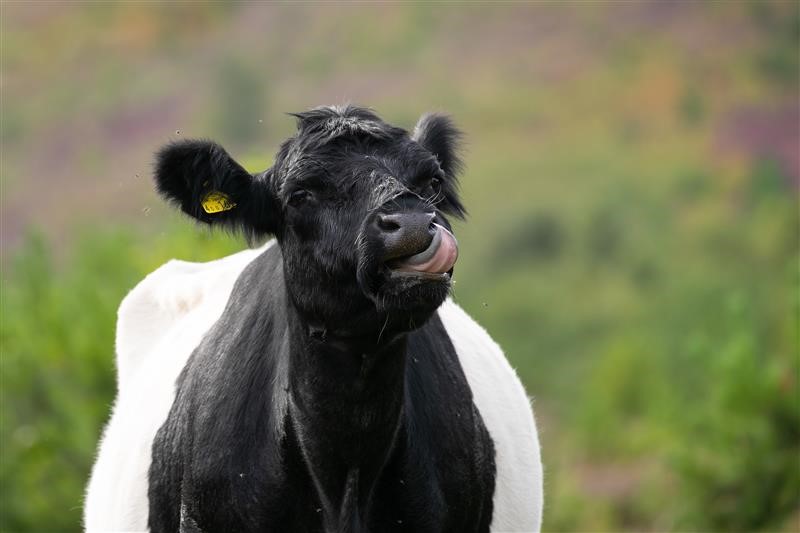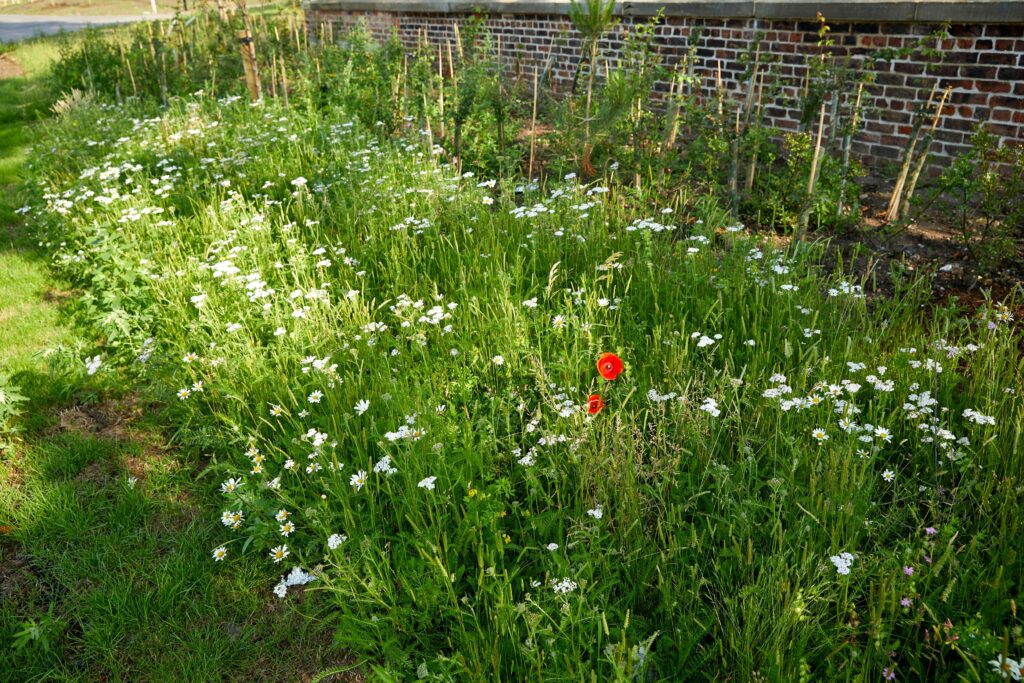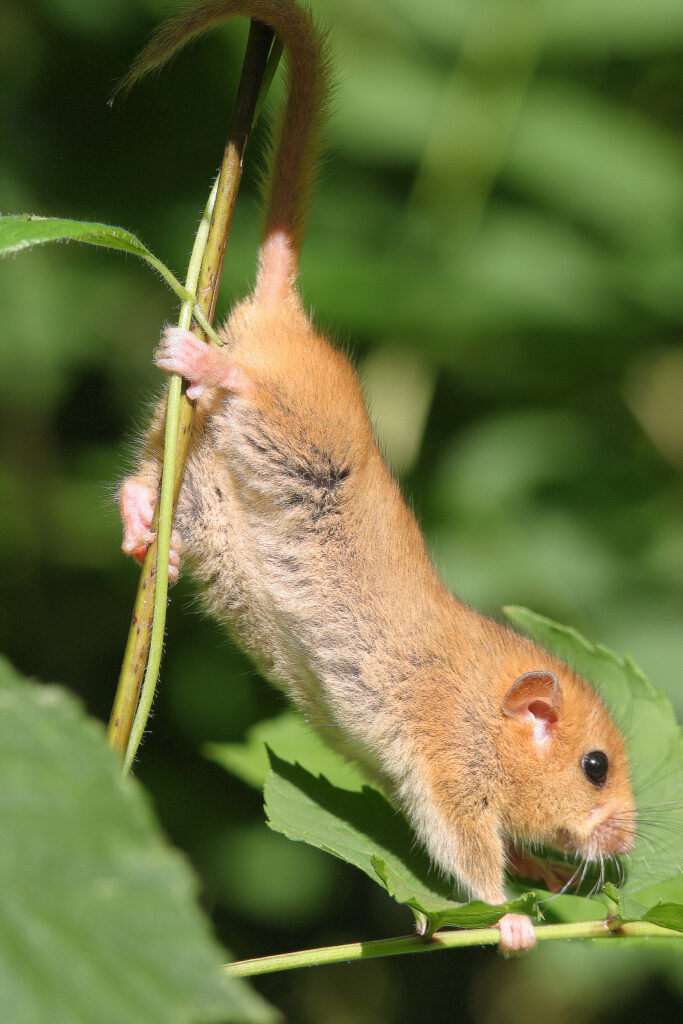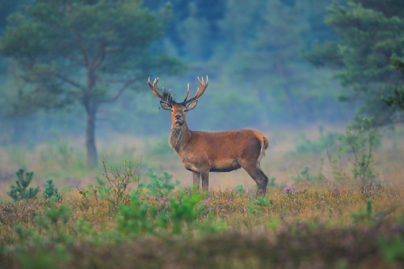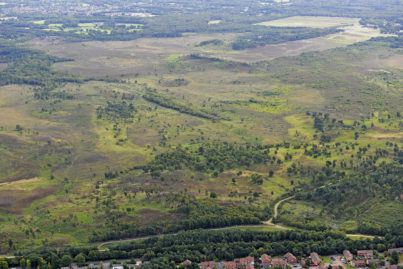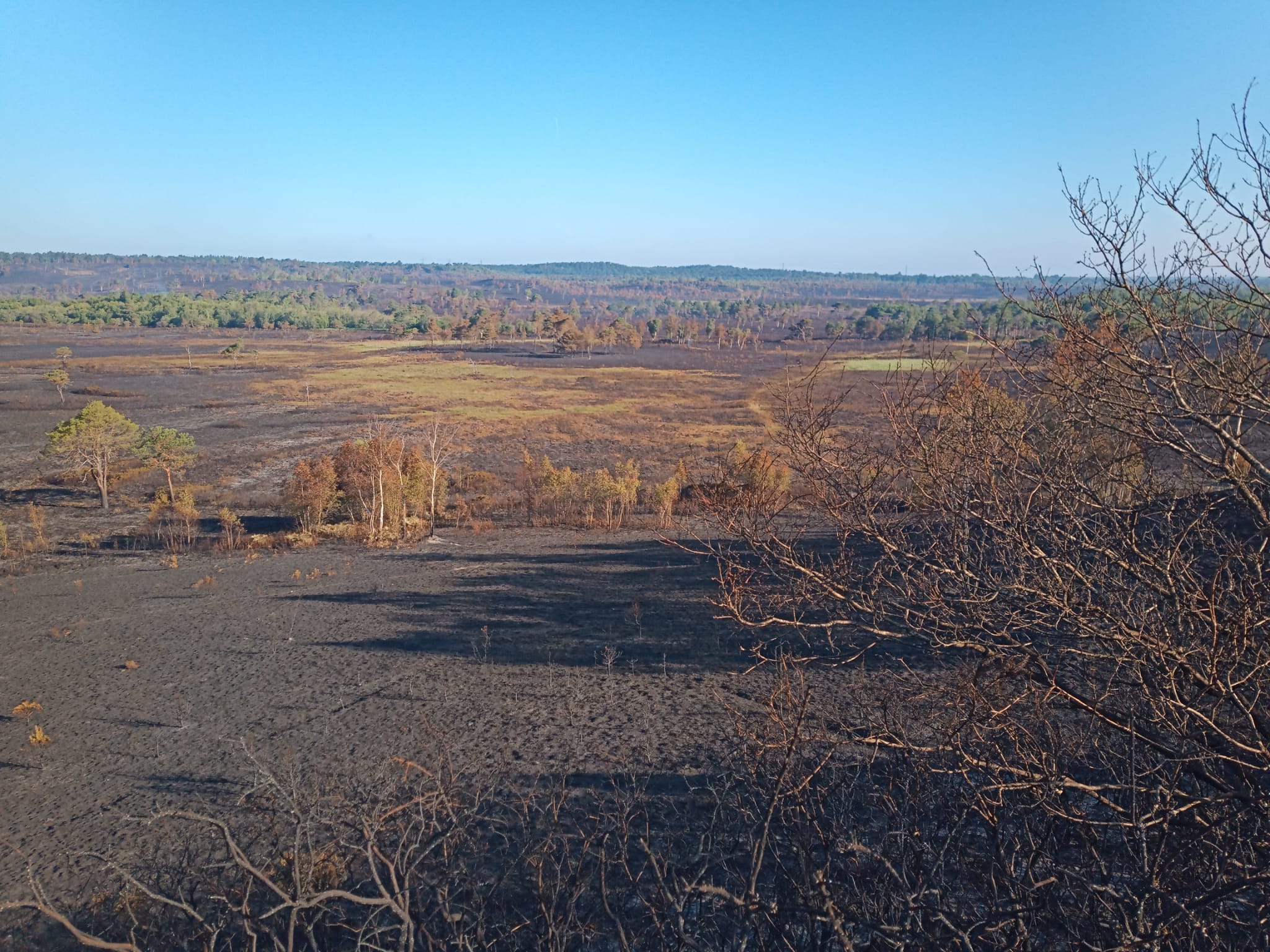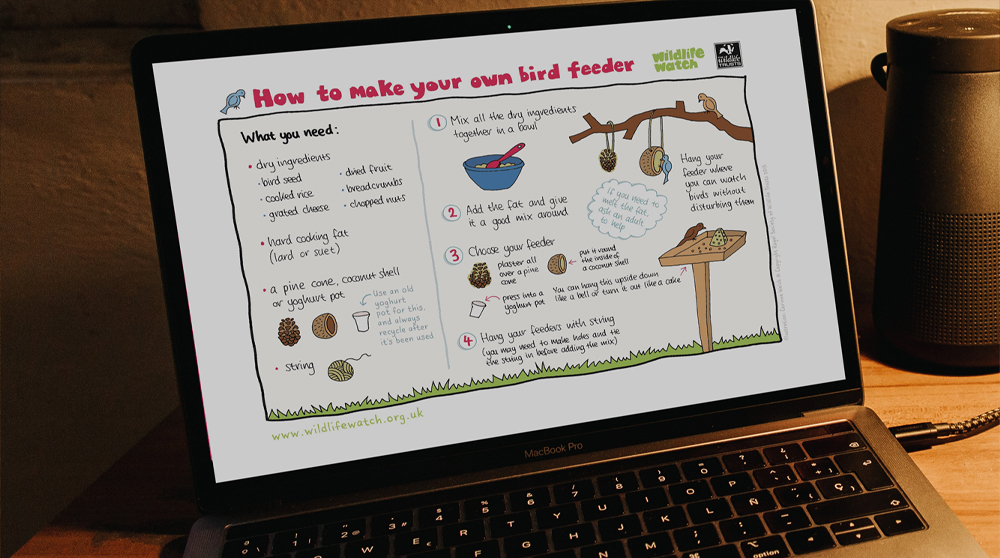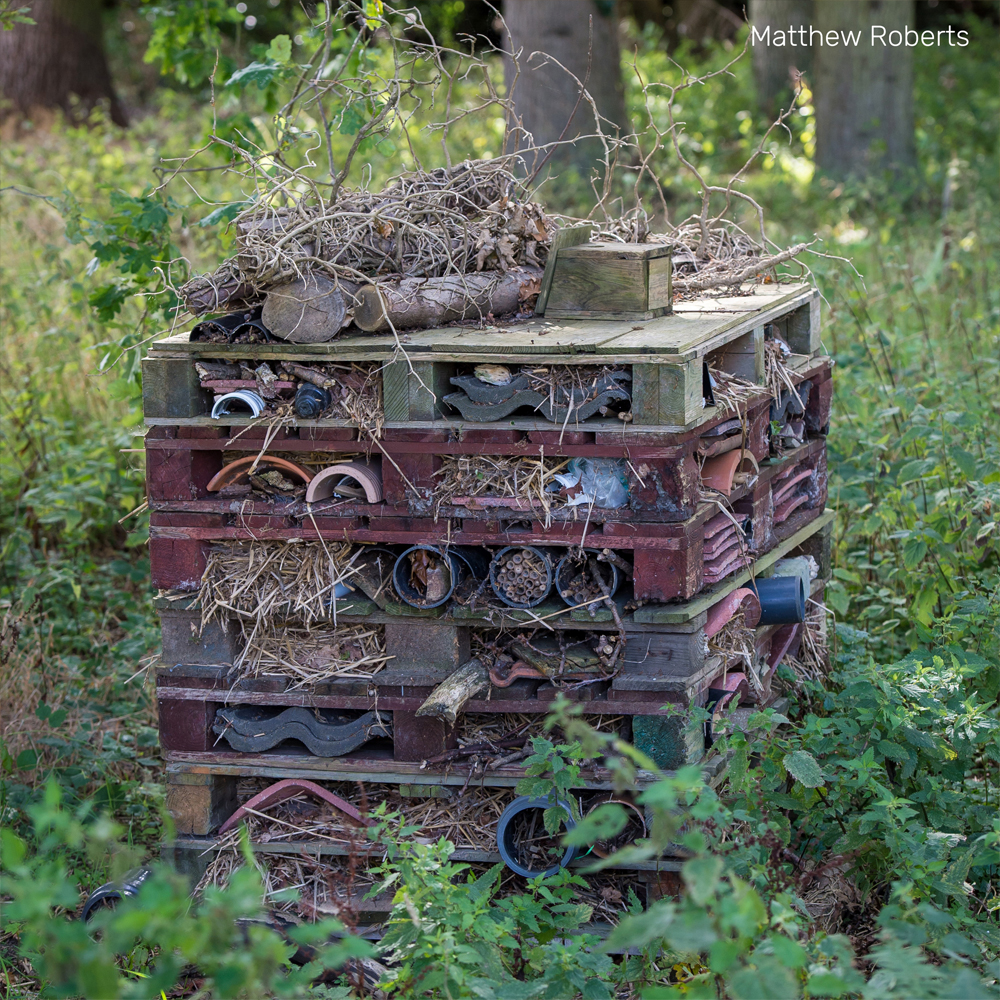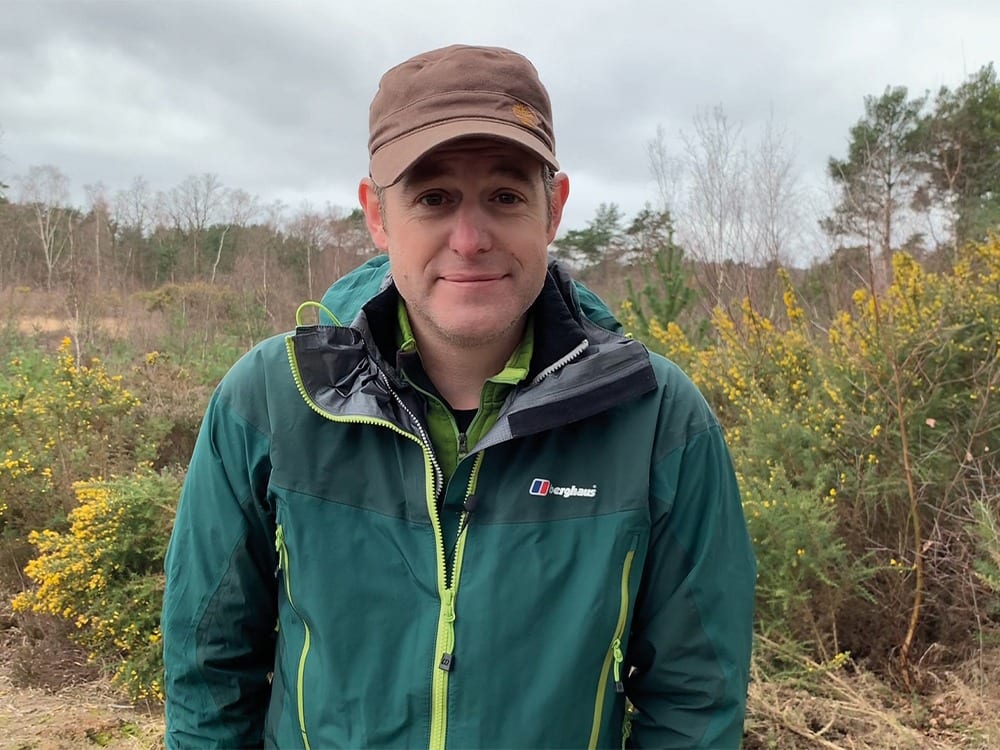All donations to the Trust’s campaign to support conservation grazing will be matched by The Big Give from 28th November to 5th December
Surrey Wildlife Trust’s fundraising appeal to help its team of four-footed conservation heroes preserve and protect precious habitats has received a big boost as match funding platform The Big Give has promised to match any donations received from members of the public – effectively doubling the impact your money can have on local wildlife.
All donations made between 28th November and 5th December will be matched by The Big Give as part of its Christmas Challenge, and the campaign has received backing of £9,800 thanks to Kia UK and a further £5,000 from The Reed Foundation.
SWT is urgently asking for donations to help maintain and extend conservation grazing using herds of Belted Galloway cows and specially-bred cross breed sheep in the county. This is an effective way to keep chalk grasslands and heathlands buzzing with life as the climate and nature crisis bites, and supports a huge number of species including Nightjars, Dartford Warblers, Silver-studded Blue butterflies, Sand Lizards and a multitude of pollinating bees and beetles as well as plant life including orchid species and Cut-leaved Germander.
But the Trust is being hit by increasing costs for overwintering, feed and veterinary care. Additional funding is urgently needed to recruit more volunteers to help look after the herd.
SWT also wants to increase the use of ‘no fence’ grazing, which uses specialized GPS collars, controlled using an app. This makes costly fencing unnecessary and enables herds to be moved to new grazing territory safely, quickly and easily.
Surrey Wildlife Trust’s farm and livestock manager James Stoyles says: “Our unique landscapes bring huge benefits to thousands of visitors and residents, but they need sensitive management to stay in good shape for people and nature. Our conservation grazers are the best possible team for the job – but they need help to keep carrying out their vital mission.
“Thanks to the wonderful generosity of our supporters, we’re already 30 per cent of the way towards meeting out overall fundraising target of £50,000. It’s great that The Big Give has offered us this opportunity, but to get over the line we’ll need help from everyone who can afford to make a donation, however small. Every penny we raise will contribute to a healthier, more biodiverse and more beautiful Surrey.”
The fundraising campaign has four main aims:
Expanding ‘no fence’ grazing in Surrey. Equipping more conservation grazing cattle with GPS collars will reduce the need for physical fences (thus reducing the costs of installation and maintenance) and allow more targeted grazing.
Increasing awareness of conservation grazing and engage with local communities to ensure that people, dogs and grazing animals can safely enjoy local reserves.
Increasing the Trust’s conservation grazing team capacity by recruiting and training more volunteer ‘lookerers’. To ensure the day-to-day welfare of the grazing herds, SWT aims to have 15-20 weekend volunteer lookerers.
Breeding a flock of cross-breed sheep (combining traditional Wiltshire Horn and Boreray breeds) with wool-shedding qualities, resulting in improved welfare and low cost. These animals could be a vital resource for land managers and conservationists across the county and beyond.
If you are able to support the appeal, please donate through https://donate.biggive.org/campaign/a056900002RXpaHAAT to maximise your impact.











